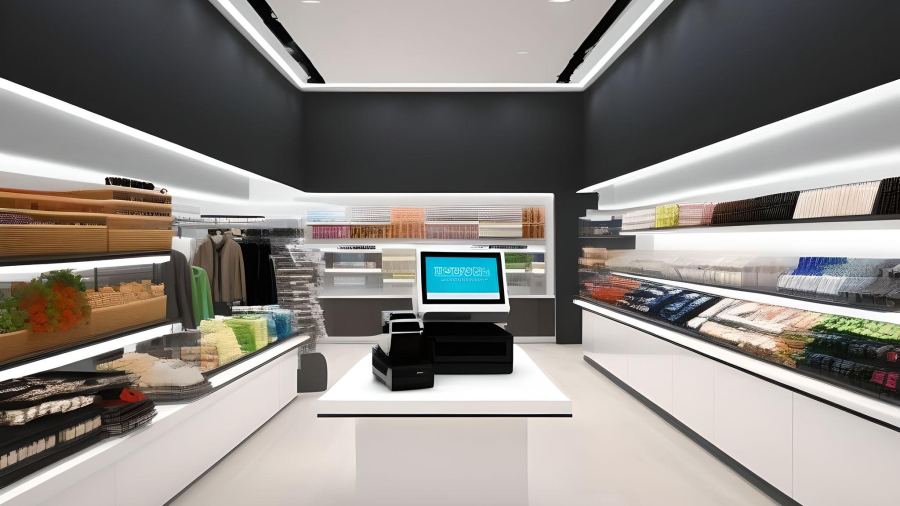I. Introduction to RoHS Certification
A. Overview of RoHS (Restriction of Hazardous Substances)
RoHS, or the Restriction of Hazardous Substances, is a directive established by the European Union to regulate the use of specific hazardous materials in electrical and electronic products. Its primary goal is to reduce environmental and health risks by limiting the presence of six key substances, including lead, mercury, and cadmium, in the manufacturing of electronics. By restricting these substances, RoHS promotes safer disposal and recycling of electronic waste, aligning with broader environmental protection efforts and sustainability goals.
B. Importance and Relevance in Global Markets
RoHS certification is crucial for businesses aiming to enter or remain in the European Union market. As environmental regulations tighten worldwide, RoHS compliance has become a global benchmark, influencing similar regulations in other regions, such as China and the United States. Companies that achieve RoHS certification demonstrate a commitment to sustainability, reducing their environmental footprint, and ensuring the safety of their products. Compliance with RoHS also enhances a company’s reputation and marketability, offering a competitive edge in the increasingly eco-conscious global marketplace.
II. Key Requirements of RoHS Certification
A. List of Restricted Substances
RoHS certification restricts the use of ten hazardous substances in electrical and electronic products. The original list included lead (Pb), mercury (Hg), cadmium (Cd), hexavalent chromium (Cr6+), and two types of flame retardants: PBB and PBDE. RoHS 3, which came into effect in 2019, added four phthalates: DEHP, BBP, DBP, and DIBP. These substances are regulated due to their harmful effects on health and the environment. Manufacturers must ensure that these substances are either eliminated or kept within permissible limits to achieve compliance with the RoHS directive.
B. Permissible Limits and Exemptions
RoHS sets strict permissible limits for the ten restricted substances, generally capped at 0.1% or 0.01% by weight of homogeneous material. These limits are intended to minimize environmental and health impacts. However, certain applications and materials may qualify for exemptions where substitution is technologically or scientifically impractical. These exemptions are reviewed and updated periodically, and manufacturers must stay informed about current exemptions to maintain compliance.
III. RoHS Certification Process
A. Steps to Achieve RoHS Compliance
Achieving RoHS compliance involves several key steps. First, manufacturers must assess their products and supply chains to identify any restricted substances. Next, they need to source RoHS-compliant materials and components, ensuring that suppliers provide accurate documentation. Following this, the product must undergo rigorous testing to verify that it meets the RoHS substance limits. Once compliance is confirmed, manufacturers must compile technical documentation and issue a Declaration of Conformity. Finally, the product can be marked with the CE label, indicating it meets RoHS and other relevant EU directives, enabling it to be sold in the European market.
B. Documentation and Testing Requirements
RoHS compliance requires thorough documentation and testing to demonstrate that products meet the directive’s substance restrictions. Manufacturers must maintain detailed records, including material declarations, supplier certifications, and test reports. Testing is conducted on components and materials to ensure that restricted substances do not exceed permissible limits. This often involves X-ray fluorescence (XRF) analysis and chemical testing. Documentation must be retained for a minimum of ten years and be readily available for inspection by regulatory authorities. Accurate and comprehensive documentation not only ensures compliance but also facilitates smooth product entry into the European market.
IV. Global Reach of RoHS Compliance
A. Adoption of RoHS-like Regulations in Different Countries
RoHS-like regulations have been adopted by several countries beyond the European Union. China RoHS, for example, closely mirrors the EU’s standards but includes additional labeling and disclosure requirements. Similarly, countries like Japan, South Korea, and India have introduced their versions of RoHS to control hazardous substances in electronics. These regulations, while aligned in principle with the EU RoHS, often have unique requirements that manufacturers must meet to access these markets. The global adoption of RoHS-like standards underscores the growing emphasis on environmental protection and the importance of compliance for international trade.
B. Comparison of RoHS with Other Environmental Regulations
RoHS is one of many environmental regulations targeting hazardous substances, but it is distinct in its focus on electronic products. Other regulations, like REACH (Registration, Evaluation, Authorization, and Restriction of Chemicals) in the EU, have a broader scope, covering a wide range of chemicals used in various industries. The WEEE Directive (Waste Electrical and Electronic Equipment) complements RoHS by focusing on the recycling and disposal of electronic waste. While RoHS specifically limits certain substances, these other regulations address broader environmental concerns, and together they create a comprehensive framework for sustainable production and waste management.
V. Conclusion
A. Recap of the Importance of RoHS Certification
RoHS certification is crucial for ensuring that electrical and electronic products are free from hazardous substances, protecting both consumer health and the environment. By adhering to RoHS standards, manufacturers demonstrate their commitment to sustainability and gain access to key markets, particularly in the European Union. Compliance not only reduces environmental impact but also enhances product safety and marketability, making it an essential aspect of modern manufacturing practices.
B. Future Trends in Environmental Compliance
Future trends in environmental compliance are likely to focus on even stricter regulations and broader scopes. Emerging concerns about new hazardous substances and sustainability will drive updates to existing standards and the creation of new directives. There will be a growing emphasis on circular economy principles, including product lifecycle management and recycling. Companies will need to stay agile, adopting advanced technologies and practices to meet evolving regulatory demands and address environmental challenges effectively.
C. Final Thoughts on Achieving and Maintaining RoHS Certification
Achieving and maintaining RoHS certification requires a diligent approach to regulatory compliance and environmental responsibility. Companies should prioritize integrating RoHS requirements into their product development and supply chain processes. By fostering a culture of sustainability and vigilance, businesses can effectively manage compliance risks and contribute positively to global environmental goals, securing their position in the competitive marketplace.

